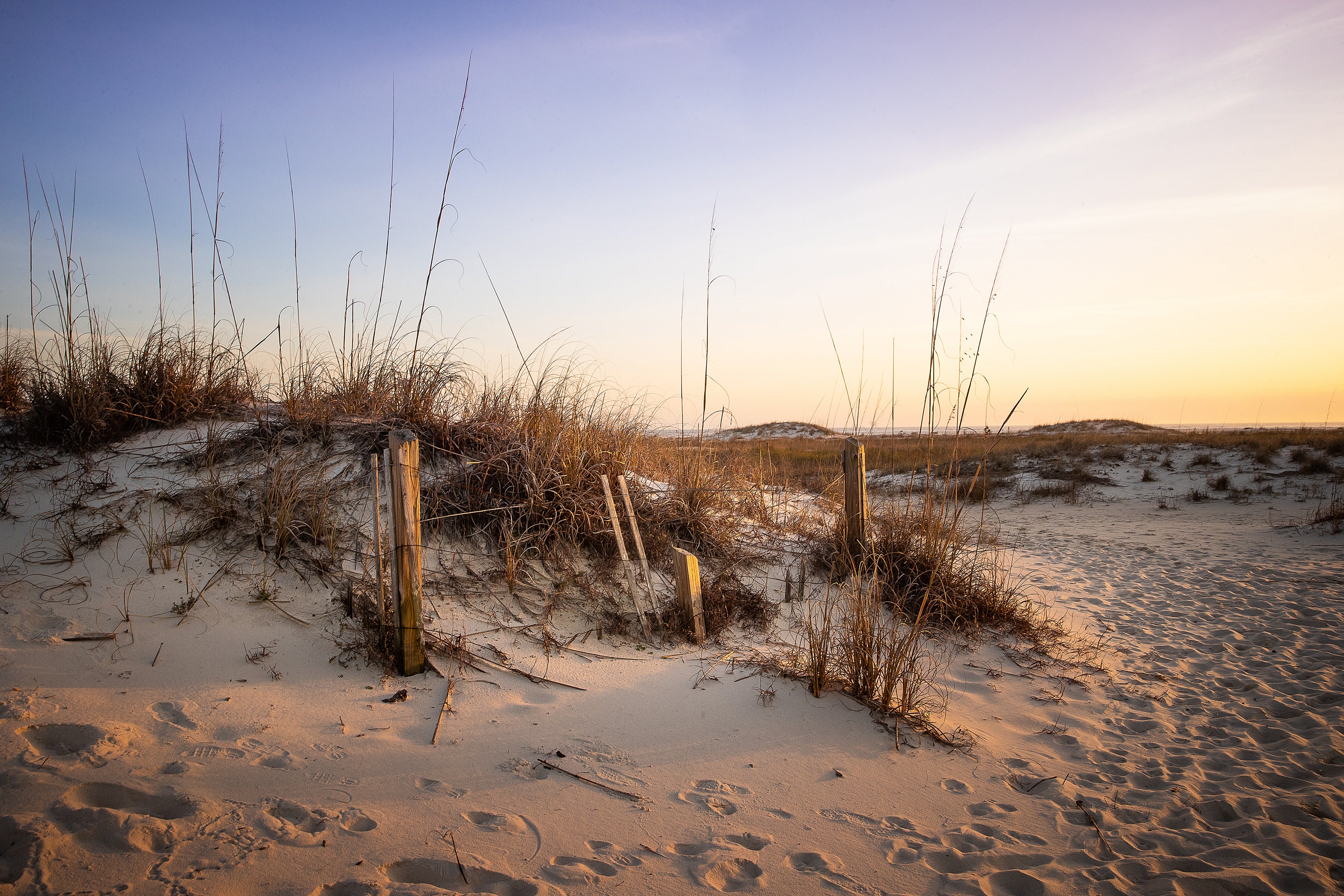By DAVID RAINER, Alabama Department of Conservation and Natural Resources
The final phase of funding from the National Fish and Wildlife Foundation-Gulf Environmental Benefit Fund (NFWF-GEBF) has been approved for projects in Alabama to mitigate the 2010 Deepwater Horizon (DWH) Oil Spill. Alabama Governor Kay Ivey hailed the funding of the projects that total more than $47 million.
“As we celebrate Alabama’s 2022 slate of NFWF projects and announce the final allocation of Alabama’s portion of the Gulf Environmental Benefit Funds (GEBF), we recognize another landmark in Alabama’s recovery from the Deepwater Horizon Oil Spill disaster,” Governor Ivey said recently. “The $356 million awarded to Alabama in criminal fines, managed by NFWF and implemented by the Alabama Department of Conservation and Natural Resources (ADCNR), funded some of the first Deepwater Horizon Restoration Projects in Coastal Alabama.
“Together, these investments tell a story of significant accomplishments that will go a long way in protecting Alabama’s diverse coastal ecosystem for decades to come. Whether it be our investments into maintaining the coastal reefs that support our thriving red snapper fishery or our land conservation efforts to protect game and non-game species in places like the Perdido River Corridor, Fort Morgan Peninsula and the Grand Bay Savanna, there is no doubt Alabama has made the absolute most of these funds.”
The most recent projects include Phase II of the Dauphin Island East End Restoration with an allocation of $26,066,000.
The construction component of the Dauphin Island project will restore approximately 1.5 miles of beach shoreline and approximately 85 acres of beach and dune habitat on this crucial 14-mile barrier island that protects a portion of the Alabama Gulf Coast. The tentative plan is to renourish and extend the 2015-2016 beach restoration project to provide healthy beaches and dunes. The East End beach protects the Audubon Bird Sanctuary and other upland resources from beach erosion from storms. Sand has migrated to the west, which has caused wider downdrift beaches and growth of a sand spit south of the Isle Dauphine Golf Course. The project will protect an additional 50 acres of beach and dune habitat as well as a maritime forest and a freshwater lake within the Dauphin Island East End Bird Sanctuary. These habitats provide important foraging and nesting habitat for migratory and beach-nesting birds. The island is a significant trans-Gulf migratory bird stopover. Dauphin Island also protects valuable habitat for marine resources that include fisheries, oysters and seagrass beds in Mississippi Sound and lower Mobile Bay. To date, NFWF has awarded nearly $70 million in GEBF funds to nearly a dozen projects to enhance and protect this vital island.
The Gulf Highlands Conservation Acquisition project received $8.2 million in additional funding to expand the project footprint to include the adjacent Beach Club West property. The goal of the entire project is to acquire, conserve and manage the largest privately held, undeveloped Gulf frontage beach and dune habitat. This habitat will benefit nesting sea turtles, migratory birds and shorebirds, and the endangered Alabama beach mouse. The purchase of this property will also prevent the likely development on the property of a residential condominium complex.
Phase II of the Lower Fish River Watershed Restoration received slightly more than $9 million in funding to continue the work of Phase I by implementing designs to reduce the sediment and nutrients that flow into Weeks Bay, which will improve the water quality and benefit the bay habitat. Severe erosion and nutrient enrichment have impacted tributaries within the Lower Fish and Magnolia River watersheds; this has negatively impacted seagrass beds and oyster reef habitats.
Phase II of the Wolf and Sandy Creek Headwaters Restoration received $2.788 million for stream restoration, bank stabilization, invasive species removal and monitoring and adaptive management. To reduce sediment runoff into Wolf Bay, the project will restore nearly ½ mile of instream habitat and 50 acres of wetlands through invasive species removal. Wolf Bay is an important habitat for juvenile fish, shellfish and oysters, and the project will restore habitat as well as water quality degraded from nutrients, erosion and sedimentation. The three project areas are the stretch of Wolf Creek north of the OWA property that proceeds to the Beach Express, an area near Swift Church Road and Hilltop Lane, and along Sandy Creek in the western section of Foley near U.S. Highway 98.
A $1 million funding component will be used for Alabama Coastal Adaptive Management, which will be overseen by ADCNR for continued maintenance, repair, rehabilitation or replacement of active projects funded by GEBF, as well as for expanding the ecological benefits of the projects to ensure the long-term viability of these efforts during unforeseen changes.








